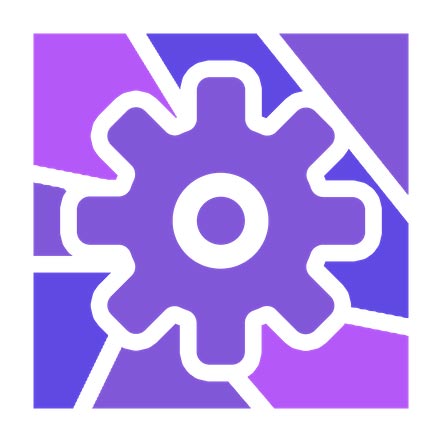About the Power of Systems
Our strategic agenda will advance prosperity for the nation through the lens of five imperatives.
Nearly a decade ago, NASH began utilizing a collective impact approach to address its top priorities: improving student success and closing gaps. By generating consensus around opportunities and challenges, and identifying potential solutions with a sound body of evidence, system leaders promote the effective organization of campuses that have assessed the value of adopting such innovations.
The Power of Systems takes the commitment to the next level. The plan calls for a network of higher education systems working collaboratively to deliver real progress for student success while tackling systemic inequities that too often stand in the way. From the outset, participating college and university systems have agreed to hold themselves accountable to three overarching metrics prescribed by The Power of Systems. These include credential completion, social mobility, and student loan debt reduction. Together, these measurements will indicate meaningful progress toward the plan’s ultimate goal of advancing prosperity for the nation.
Our focus is taking evidence-based practices to scale and sustainability, building on well-established programs with proven track records on individual campuses. The strategy focuses on organizing a group of like-minded systems and campuses that are ready to adopt an evidence-based approach, as it allows for early central coordination that can be quickly decentralized by working with coalitions of the willing. These efforts have emphasized the benefits to states that result from increasing student access and success in college, especially for low-income students and students from underserved communities. Issues of quality and access have been paramount.
Five Imperatives
Learning
There is no such thing as a 'traditional’ college student. One-size-fits-all approaches to teaching and learning have hindered students’ prospects for success. We must shift the postsecondary experience from institution-centric to student-centric to increase completion rates and help students attain their future goals.
Challenges
How can we:
- Teach and support students recognizing individual learning and social-emotional needs.
- Advance equity in academic and experiential curricula.
- Design flexible pathways and shared credentials to streamline completion.
- Align transfer policies, practices, and processes for seamless movement of credits.
Talent
Designing the postsecondary learning experience on "Education-to-Work" has become the clarion cry of American businesses to ensure inclusive civic engagement and global competitiveness. We must re-envision an “Education-and-Work” cycle that students revisit throughout their careers to retrain and upskill in response to a dynamic economy and diverse society.
Challenges
How can we:
- Deepen employer partnerships and civic engagement to address workforce readiness.
- Support faculty and staff to meet changing student and employer demands.
- Prioritize diversity in hiring so students see themselves reflected in the faculty and staff.
- Develop learner pathway profiles to help students communicate their skills.
Student Success
Too many students - particularly under-resourced and low-income students - do not have the support and opportunities to access or complete a postsecondary credential. We must empower all students by providing opportunities to benefit from upward social mobility.
Challenges
How can we:
- Close gaps between and among student groups to improve outcomes for all.
- Implement the NASH Student Success Framework.
- Strengthen Pre-K12 partnerships to better support postsecondary preparedness.
- Expand access to technology, broadband, and digital resources for students.
Investment
The rising cost and decreasing financial support of postsecondary programs have had the chilling effect of limiting access and, as a result, decreasing enrollment and completion rates. We must tackle the cost of college through collective resource sharing and efficiencies to reduce student loan debt and maximize investments.
Challenges
How can we:
- Create a new business model through shared assets, infrastructure, and services.
- Design flexible pathways to reduce the amount of time it takes to complete a credential.
- Advocate for state reinvestment in public higher education systems.
- Cement systems as central to the federal education and workforce agenda.
Systemness
Systems have not fully realized their potential to scale improvements across campuses, nor have they had the incentive to collaborate and share proven solutions across state lines. We must work together and harness the power of public higher education systems to better serve students and society.
Challenges
How can we:
- Demonstrate the impact of systemness to affect societal change.
- Set system-wide goals and strategies with the tools and resources to achieve them.
- Use continuous improvement to inform the scale-up of proven solutions within systems.
- Demonstrate the impact of higher education on economic and community prosperity.





